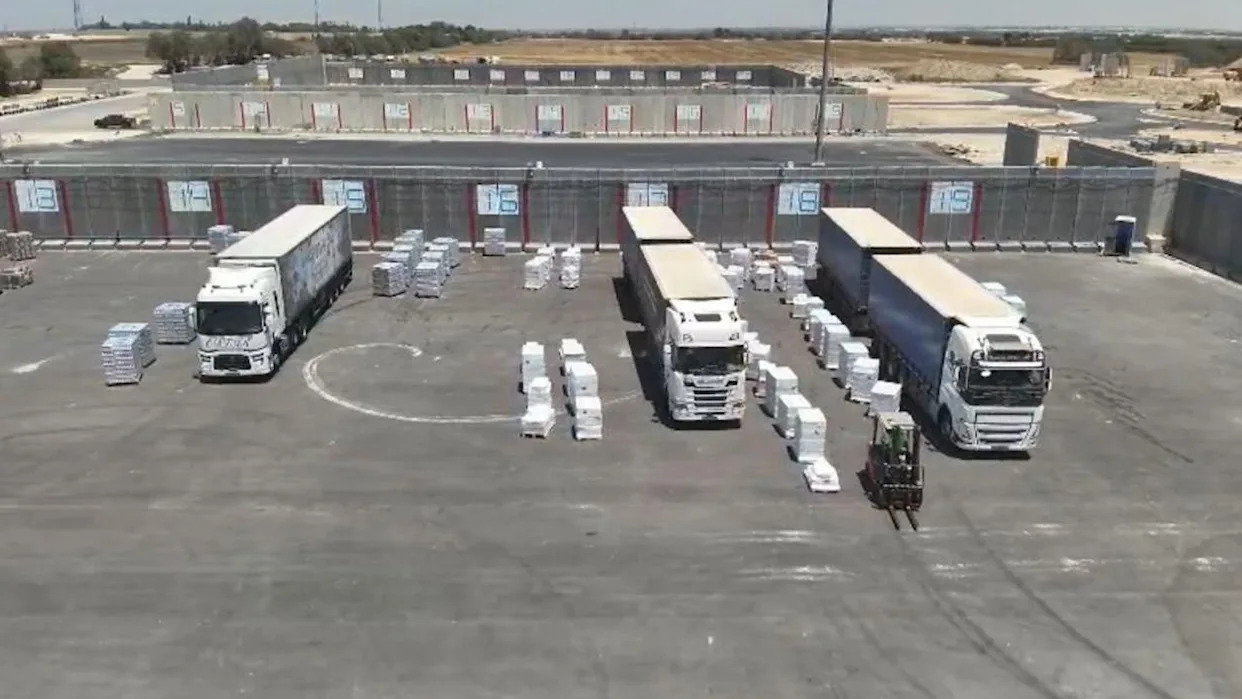
Donald Trump has it in for public education.
Don't be fooled by last week's release of DOE billions for the coming school year. Education Secretary Linda McMahon claimed that since the surprise decision in late June to withhold the funding, the government vetted all the programs to make sure they met President Trump's approval. In reality, the White House was inundated by protests from both sides of the aisle, from teachers, parents and school superintendents all over the country. A week earlier, 24 states had filed suit against the administration for reneging on already appropriated education funding.
The reprieve will be temporary if the president has his way. Shuttering the Department of Education, and its funding priorities, was a marquee Trump campaign promise.
Already, about 2,000 DOE staff members have been fired or quit under duress. That’s half the agency's personnel. On July 14, the Supreme Court lifted an injunction against the firings as lawsuits protesting the firings work their way through the courts. In essence, the ruling gives Trump a green light to destroy the department by executive fiat now, even if the Supreme Court later decides only Congress has that power.
Read more: LAUSD test scores hit a new high, erasing pandemic lows with a second year of strong gains
The high court majority did not spell out its reasoning. In a dissenting opinion, Justice Sonia Sotomayor, writing for Justices Elena Kagan and Ketanji Brown Jackson, deplored the “untold harm” that will result from the ruling, including “delaying or denying educational opportunities and leaving students to suffer from discrimination, sexual assault and other civil rights violations without the federal resources Congress intended.”
McMahon touts what she considers her agency's “final mission”: ending federal funding for school districts that cannot prove that they have eliminated diversity, equity and exclusion initiatives, or what Trump calls “critical race theory and transgender insanity.” The stakes are high: What's at issue is the withdrawal of nearly $30 billion in aid.
The DEI threat rejects a 60-year bipartisan understanding — based on Title 1 of the 1965 Elementary and Secondary Education Act to the 2015 Every Student Succeeds Act — that Washington should invest federal taxpayer dollars in closing the achievement gap that separates privileged youth from poor and minority students and children living in poverty.
Read more: With Head Start in jeopardy, Trump administration threatens child care for 800,000 kids
Those funds support smaller classes, after-school programs and tutoring. Research shows that Title 1 can claim credit for disadvantaged students’ improved performance on the National Assessment of Educational Progress — NAEP — the nation’s K-12 report card, which the administration is also targeting. The most innovative programs, including the Harlem Children’s Zone preschool, charter schools and after-school and summer-vacation programs and one-on-one, face-to-face learning through Tutoring Chicago, have recorded especially dramatic results.
Support for students with disabilities would also become history, along with the requirement that schools deliver “free and appropriate education” to youngsters with special needs. That would have a disastrous impact on these students, historically dismissed as hopeless, because needs-focused special education can change the arc of their lives.
In demanding that districts “prove” they have eliminated DEI as a condition for receiving federal funds, McMahon claims that focusing exclusively on “meaningful learning,” not “divisive [DEI] programs,” is the only way to improve achievement.
Read more: Contributor: California's kids need quality preschool. A new master plan can make it happen
She’s flat-out wrong. DEI initiatives, while sometimes over the top, have generally proven to boost academic outcomes by reducing discrimination. That’s logical — when students feel supported and valued, they do better in school. Wiping out efforts designed to promote racial and economic fairness is a sure way to end progress toward eliminating the achievement gap.
Clearly, the studies that show the gains made by DEI programs are irrelevant to an administration whose decisions are driven by impulse and ideology. Its threats to the gold standard test of American education, NAEP — an assessment that’s about as nonpartisan as forecasting the weather — gives the game away. If you don’t know how well the public schools are doing, it’s child’s play to script a narrative of failure.
Tucked into Trump’s One Big Beautiful Bill Act is a nationwide school voucher program, paid for by a 100% tax deduction for donations of up to $1,700 to organizations that hand out educational scholarships. There’s no cap on the program, which could cost as much as $50 billion a year, and no expiration date.
Read more: Under pressure, UC admits a record number of Californians; racial diversity remains strong
The voucher provision potentially decimates public schools, which will lose federal dollars. Since private schools can decide which students to admit and which to kick out, the gap between the haves and haves-less will widen. Students with special needs, as well as those whose families cannot afford to participate, will be out of luck.
What’s more, vouchers don’t deliver the benefits the advocates promise. Studies from Louisiana, where “low-quality private schools” have proliferated with the state’s blessing, as well as the District of Columbia and Indiana, show that students who participate in voucher plans do worse, especially in math, than their public-school peers.
Michigan State education policy professor Joshua Cowen, who has spent two decades studying these programs, reached the startling conclusion that voucher plans have led to worse student outcomes than the COVID pandemic.
Read more: Low math and English scores mark the nation's report card, California and L.A. included
Vouchers “promise an all-too-simple solution to tough problems like unequal access to high-quality schools, segregation and even school safety,” Cohen concludes. “They can severely hinder academic growth — especially for vulnerable kids.”
The defenders of public education are fighting back. Twenty states have gone to federal court to challenge the Department of Education’s demand that they eliminate their DEI programs. “The Trump administration’s threats to withhold critical education funding due to the use of these initiatives are not only unlawful, but harmful to our children, families, and schools,” said Massachusetts Atty. Gen. Andrea Joy Campbell, announcing the lawsuit.
The White House may well lose this lawsuit. But litigation consumes time, and the administration keeps finding ways to evade judicial rulings, sometimes with the help of the Supreme Court. It could be years before the judges reach final decisions in these cases, and by then the damage will have been done.
Read more: Big win for charter schools as court strikes down L.A. Unified policy
That’s why it is up to Congress to do its job — to represent its constituents, who have consistently supported compensatory education programs and special education programs in public schools, resisting the siren song of vouchers — and to insist that the administration obey the dictates of legislation that’s been on the books for decades.
Will a supine Congress rouse itself to protect public education? After all, that’s what the rule of law — and public education — requires.
David Kirp is professor emeritus at the Goldman School of Public Policy, UC Berkeley. He is the author of numerous books on education, including “The Sandbox Investment,” “Improbable Scholars” and “The Education Debate.”
This story originally appeared in Los Angeles Times.





Comments